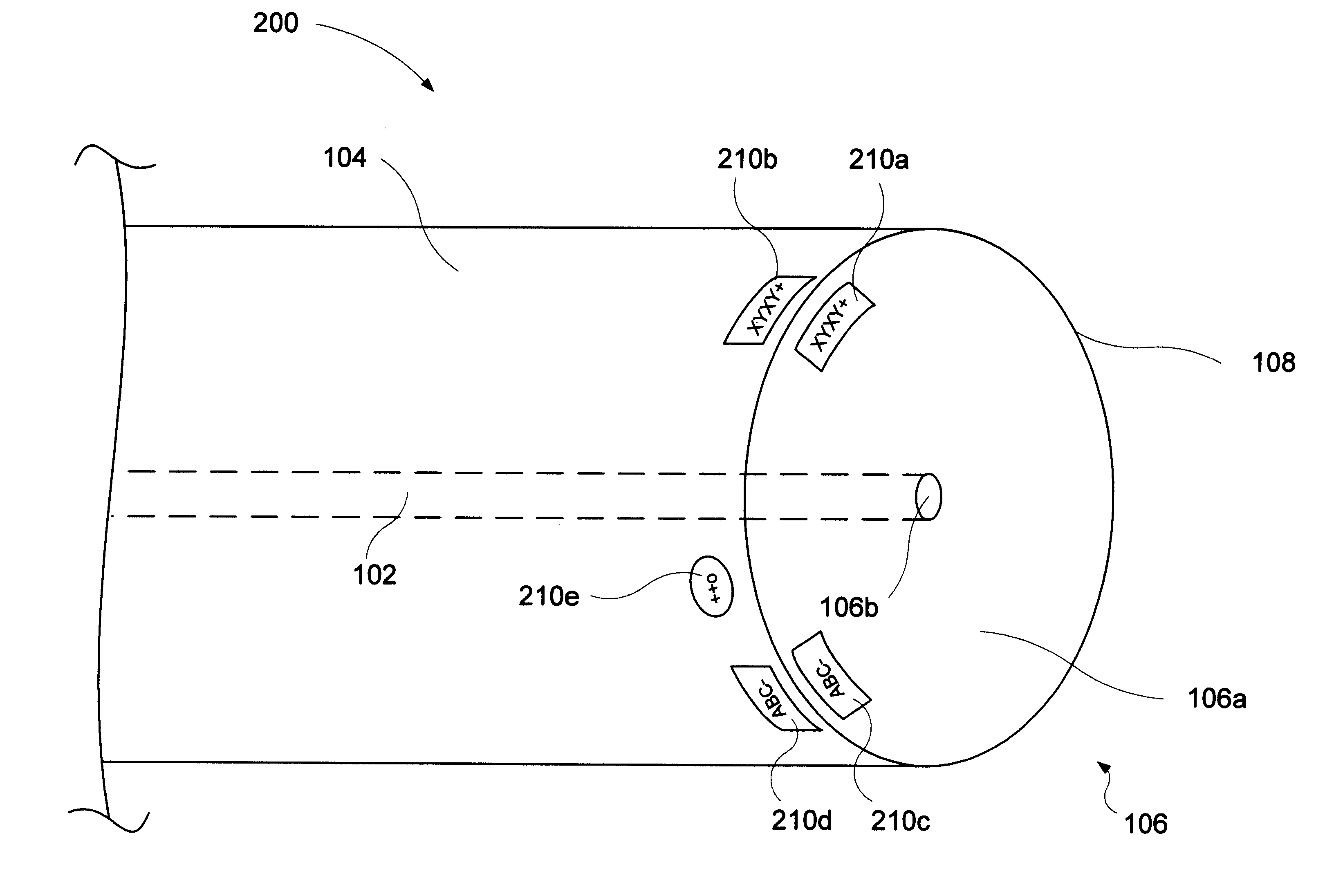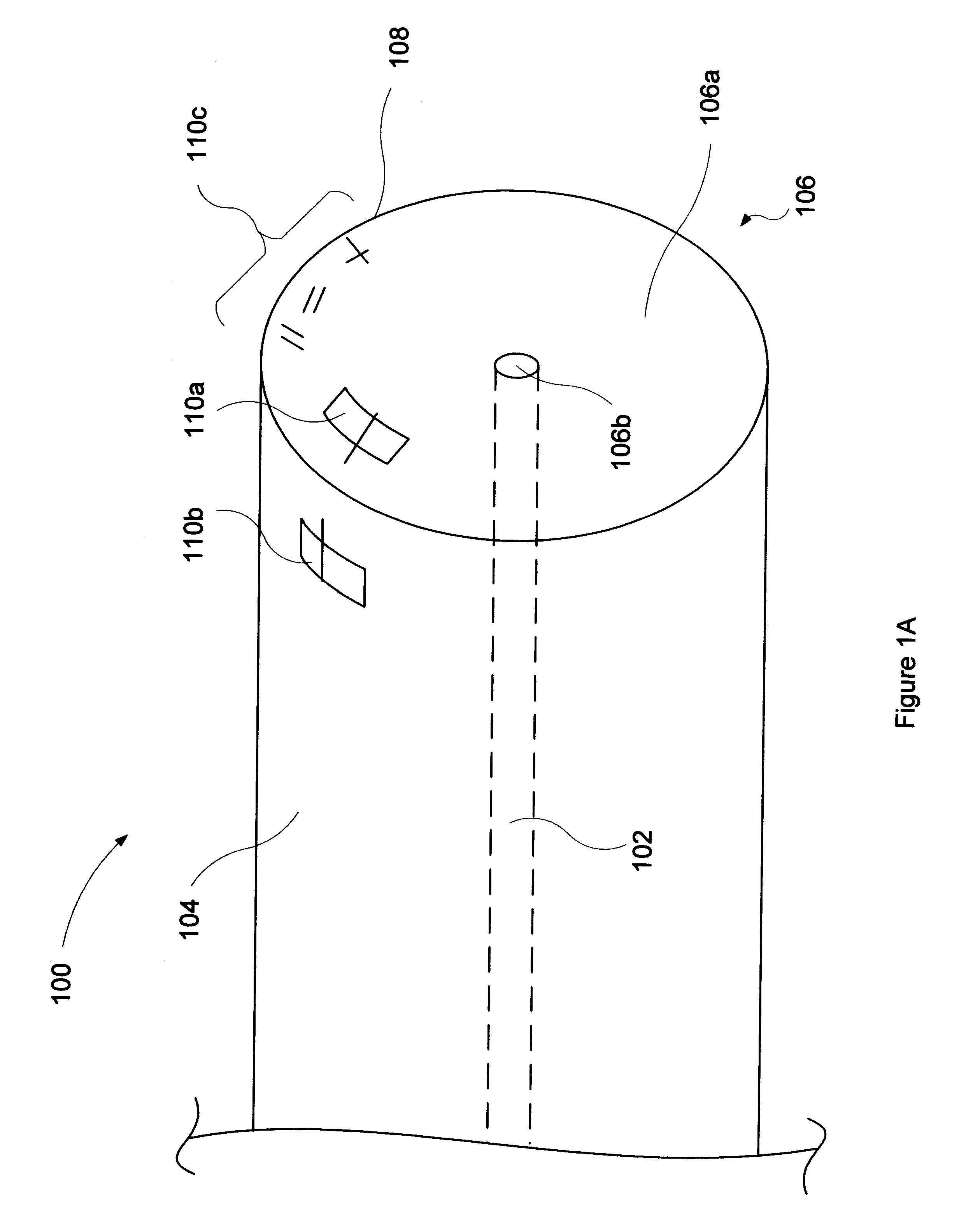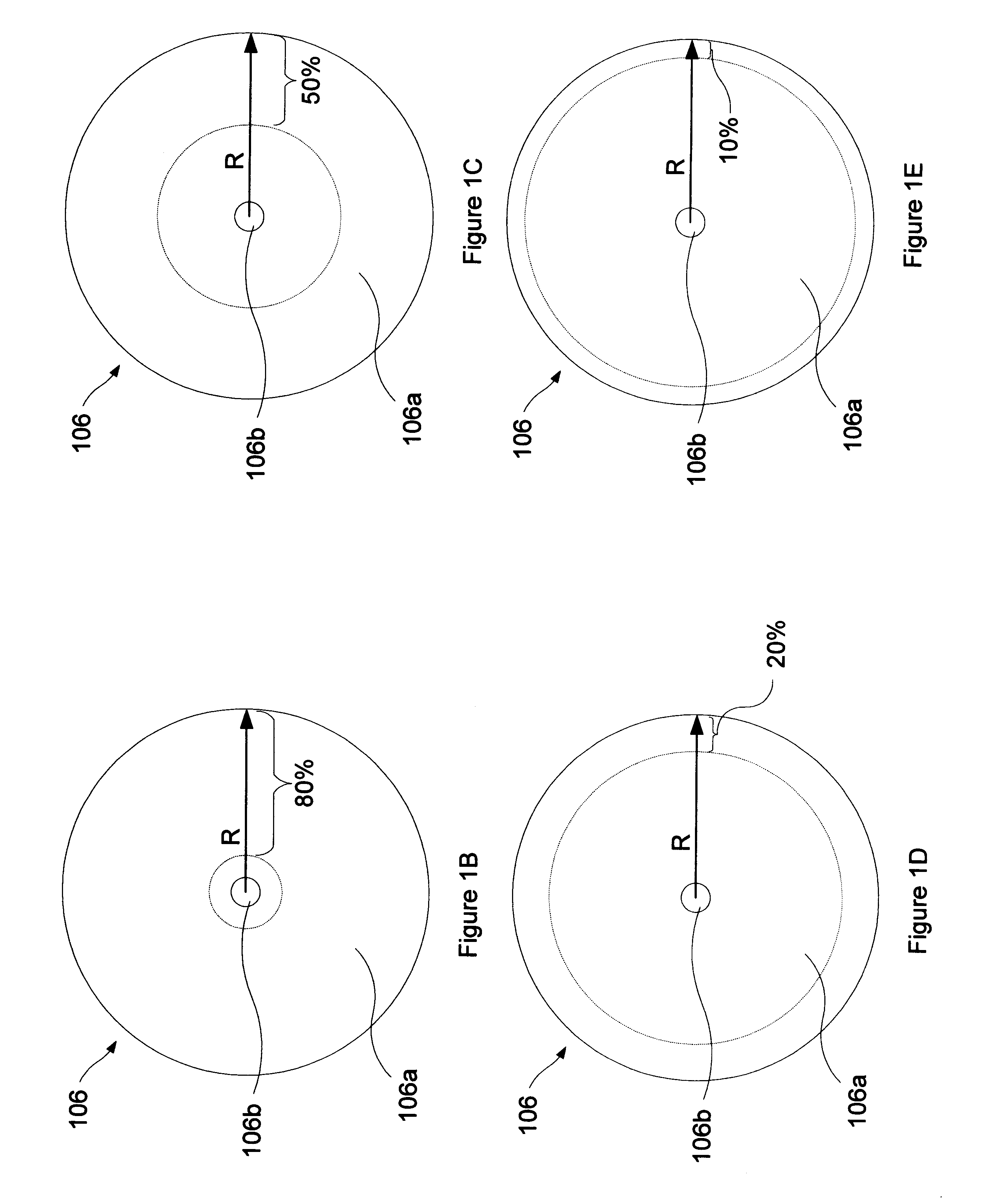Identifier system and components for optical assemblies
a technology of optical assemblies and identification systems, applied in the direction of optical elements, cladded optical fibres, instruments, etc., can solve the problems of difficult to discern differences between components, and not uniformly perpendicular to the direction of optical components, and many of the individual components of optical assemblies are typically small and technically complex,
- Summary
- Abstract
- Description
- Claims
- Application Information
AI Technical Summary
Problems solved by technology
Method used
Image
Examples
Embodiment Construction
The present invention will be described in detail with reference to the accompanying drawings, in which like reference numerals represent like elements.
As used herein, the term "waveguide" refers to an optical structure having the ability to propagate light in a bounded propagation mode along a path parallel to its axis and to contain the energy within or adjacent to its surface. Typically, such waveguides can propagate light in the 700-2000 nanometer (nm) range.
The present invention facilitates the automation of manufacturing quality optical assemblies having waveguides as a component. In the present invention, an identifying mechanism is provided on or in a high-performance waveguide. The identifying mechanism is machine-readable. For example, the identifying mechanism may be read by an optical method such as using a laser interference pattern. Machine reading allows a quick and accurate determination of the information included within the identifying mechanism, thereby allowing p...
PUM
| Property | Measurement | Unit |
|---|---|---|
| area | aaaaa | aaaaa |
| indices of refraction | aaaaa | aaaaa |
| size | aaaaa | aaaaa |
Abstract
Description
Claims
Application Information
 Login to View More
Login to View More - R&D
- Intellectual Property
- Life Sciences
- Materials
- Tech Scout
- Unparalleled Data Quality
- Higher Quality Content
- 60% Fewer Hallucinations
Browse by: Latest US Patents, China's latest patents, Technical Efficacy Thesaurus, Application Domain, Technology Topic, Popular Technical Reports.
© 2025 PatSnap. All rights reserved.Legal|Privacy policy|Modern Slavery Act Transparency Statement|Sitemap|About US| Contact US: help@patsnap.com



